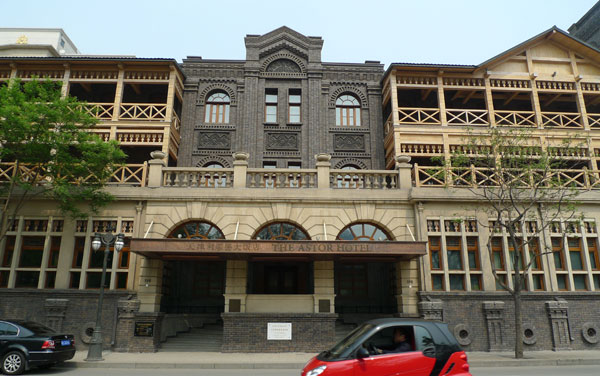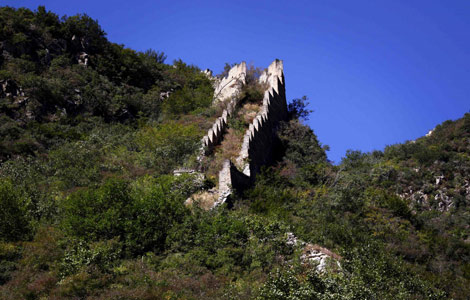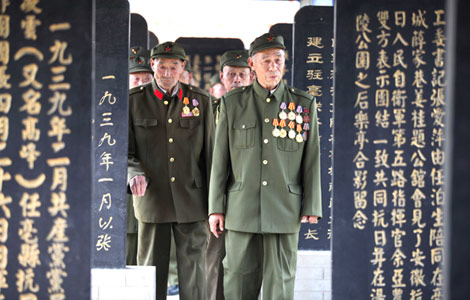Where locals go
Updated: 2012-10-01 09:48
By Mu Qian and Mei Jia (China Daily)
|
||||||||
Tianjin and Chengdu are good choices if you want to spend the National Day holiday exploring the lesser-known yet charming parts of the country. One has been a significant port city for centuries, while the other is home to many attractions like the giant pandas. Mu Qian and Mei Jia share with you some of the locals' favorite haunts to soak up the city's rich history and for some fantasy.
Tianjin
Former residence of Liang Qichao
Two neighboring buildings on the Minzu Road of Tianjin, which used to be the residence and study of scholar Liang Qichao (1873-1929), now stand as the memorial of the reformist who played an important role in China's modern history.
Built on the Marco Polo Road (now Minzu Road) in the former Italian concession, Liang designed the Italian-style two-story residence himself.
Liang named his study Yinbingshi, or "Ice-Drinker's Studio", referring to ancient Chinese philosopher Zhuangzi's words: "This morning I received my charge, and in the evening I drink iced water; am I not feeling the internal heat?"
Living through the transition between the end of China's last monarchy, the Qing Dynasty (1644-1911), and the beginning of the revolution period, Liang called his study "ice-drinker's studio" to express his anxiety about the political situation, and his efforts to reform the society through his writings.
An advocate of constitutional monarchy, Liang was involved in the Hundred Days' Reform movement, which resulted in him spending 15 years in exile.
In 1912, Liang returned to China and settled in Tianjin in 1914.
His residence is now a permanent exhibition of his life and work, while his study is kept in its original form to present the environment where Liang wrote most of his late works. Liang's descendants have donated a number of relics to the memorial.
The site is now a part of the Italian Style Town, which, based on the former Italian concession, is the only well-preserved quarter of Italian architecture outside Italy.
Location: 44, 46, Minzu Road, Hebei district, Tianjin.
Jiefang Road
Called by some as the Oriental Wall Street, the Jiefang Road of Tianjin used to be the location where Chinese and international financial institutions congregated in the late 19th and early 20th century.
 |
|
Jiefang Road is like an open-air museum for old architecture, like the Astor Hotel. Provided to China Daily |
HSBC, Standard Chartered, Citibank, Russo-Asiatic and many others used to be located here. Although the companies are no longer operational at the site, their original buildings are preserved, making the road an open museum of architecture.
On 111 North Jiefang Road stands Tianjin Post Museum, which was originally the Tianjin Customs Post Office of the Qing Dynasty, built in 1878, where the first stamp of China was released.
The first asphalt road in Tianjin, Jiefang Road's construction started in 1863. The different names that the road or part of it was called, reflect the upheavals in China's modern history.
Because the road cut through the British, German and French concessions, parts of the road used to be called Victoria Road, Wilhelmstrasse and Avenue de Grand France.
In 1943, the road's name was changed to Road No 7 of Xingya (Prosperous Asia) Second Area during the Japanese occupation.
After the Japanese surrendered, the Kuomintang government named the road Zhongzheng Road, after the name of Jiang Zhongzheng (who is better known as Chiang Kai-shek). The road was finally named the Jiefang (Liberation) Road in 1949, and remains up till this day.
Tianjin is resolved to regain its glorious past and is building a new financial area, with Jiefang Road as its axis. But for now, the road is still quiet, which makes a stroll along it particularly enjoyable.











